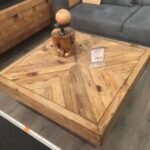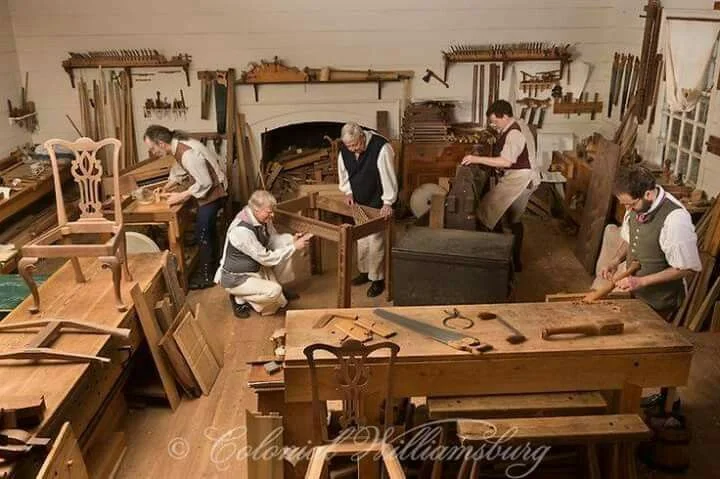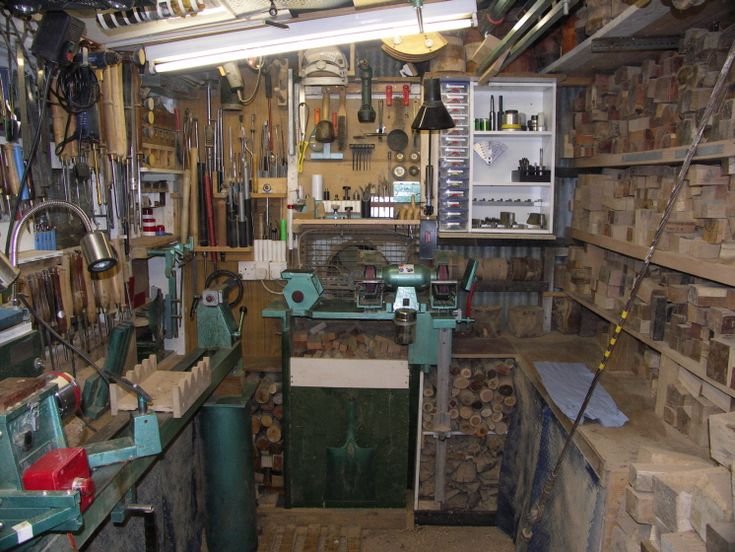My Journey with the Cleveland Woodworking Academy
So, picture this: a chilly Saturday morning in Cleveland. I’m sitting in my kitchen, coffee in one hand, and a half-eaten blueberry muffin in the other, surrounded by the faint smell of sawdust wafting in from my garage. Yeah, that’s right. I’ve become one of those people, the ones who spend their weekends in a woodshop—actually, it’s more like my messy garage—but hey, it works. I’ve got enough tools to make even a seasoned carpenter raise an eyebrow, but, boy, let me tell you, I’ve made some hilarious mistakes along the way.
My journey into this whole woodworking thing began with the Cleveland Woodworking Academy. One day, I just stumbled across it online—probably a Facebook ad or something—and I thought, “What the heck? I could use a new hobby.” My first class was on furniture building, and oh man, did I underestimate what that would entail.
The Plane and the Panic
I remember walking into that class, feeling equal parts excited and terrified. The instructor, a no-nonsense guy named Bob, looked like he’d lived and breathed wood for decades; his hands were calloused, and he had this knack for making everything seem second nature. I was nervous, sweating a bit, and I was certain I’d mess something up right from the get-go.
First things first, Bob handed us these beautiful pieces of oak. I mean, you could just look at it and see the grain—it practically begged to be turned into something magnificent. But when he introduced us to the hand planes, and I attempted to flatten one of those pieces, oh boy.
I don’t know if it was the angle, my grip, or just sheer bad luck, but I’d never felt so out of my depth. I swear I was fighting that plane more than working with it. I ended up gouging the wood, and it turned into a disaster. I nearly slumped over, ready to give up right then and there. The smell of freshly cut wood turned sour in my nose, like an impending failure whispering to me.
But lo and behold, Bob strolled over, looked at my messy piece, and said, “Don’t worry, kid. We’re all just looking to make something beautiful, but the journey to that beauty is going to be riddled with mistakes.”
His words grounded me. Okay, mistakes—I can handle that.
The Heart-Wrenching Dovetails
After a few more classes, I got a little more confident. So confident, in fact, that I decided to tackle dovetail joints on my own at home. I picked up some walnut, you know, the stuff that smells like heaven when you cut into it? I was all pumped up, listening to my favorite rock playlist, channeling my inner woodworker.
And then… I just floundered. I thought I knew what I was doing, but those joints sent me spiraling. My first attempt? Let me tell you, it looked like a fourth grader’s art project. I was using a Japanese dovetail saw—a beautiful tool—and instead of making clean cuts, I just butchered the pieces. They didn’t fit right, and I remember staring at that mess, thinking I’d wasted a perfectly good piece of walnut.
I almost threw it all away, contemplating just sticking to simpler projects, but then, you know that moment when something clicks? I took a breath, popped on a documentary about furniture making, and I saw how they handled their mistakes. It made me realize that every master was once a disaster. I picked that walnut back up, reshaped those joints, and what do you know? They actually fit together nicely in the end.
The Sound of Success
Fast forward a few weeks, and I was ready to take on a project to surprise my wife—her mother’s old rocking chair needed some love. The wood was soft pine, and every scrape and racket of my tools had its own unique melody. There’s something almost therapeutic about the rhythmic sounds of chiseling, sanding, and sawing.
But, surprise surprise, it didn’t go according to plan. I searched the internet and tried to follow some tutorials on how to repair it, but it seemed like I was just making the problem worse. I laughed when I discovered that I had glued the legs together in such a way that they were twisted. I’m telling you, I had this vision of a beautifully restored chair, and here I was with a sad, lopsided piece of lumber.
But then I had this cool idea, inspired by one of Bob’s stories from class. I decided to turn that quirky mistake into a feature; I added some rustic elements that worked with the lopsided charm. I modernized it a bit, turned those twisted legs into a conversation starter. I painted it a fun turquoise, distressed it perfectly, and added a plush seat cushion that would’ve made a rock feel cozy.
When my wife walked in, her expression was priceless. She loved it. I remembered thinking, "Wow, this actually worked out!"
The Woodworker’s Heart
So here I am, many projects later, still navigating this wild, splinter-ridden journey of wood. Between the classes at Cleveland Woodworking Academy and my own experiments, I know I’ve made mistakes—some big, some laughably small—but I’ve learned to embrace each misstep as a stepping stone rather than a roadblock.
If you’re out there, sitting at home, contemplating diving into the world of woodworking, just do it! Don’t wait until you feel ready; there’s so much beauty in the imperfections and those heartwarming moments. Every piece you create tells a story, and every misfit plank holds a lesson. Honestly, I wish someone had told me this years ago. Just grab that saw and start cutting, because the journey, my friends, is the real masterpiece.








